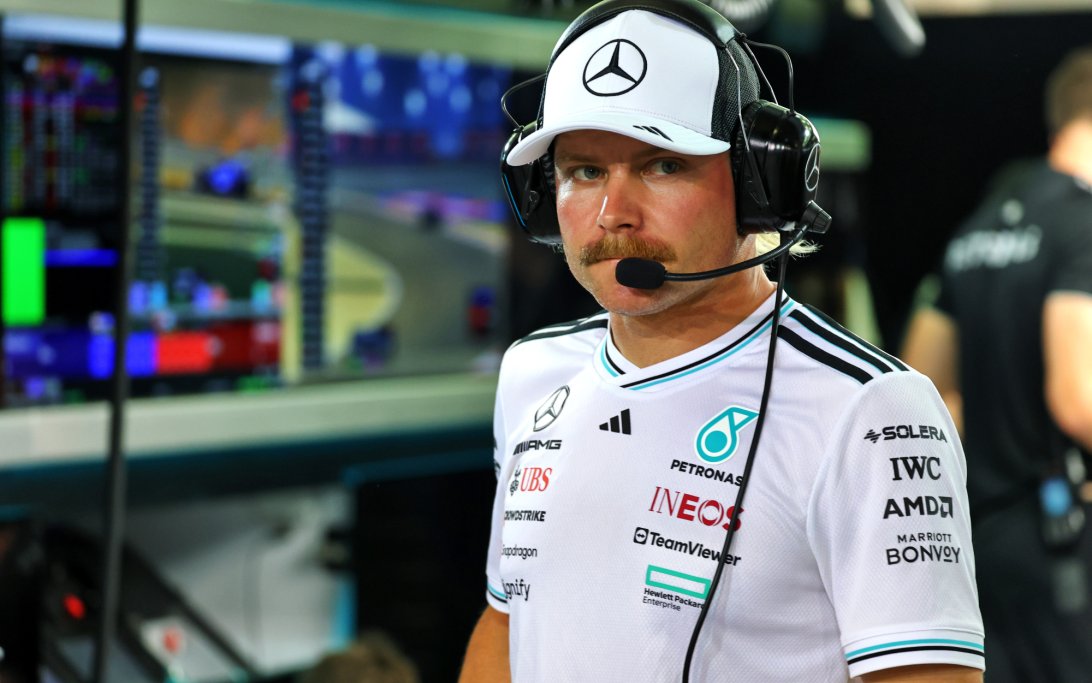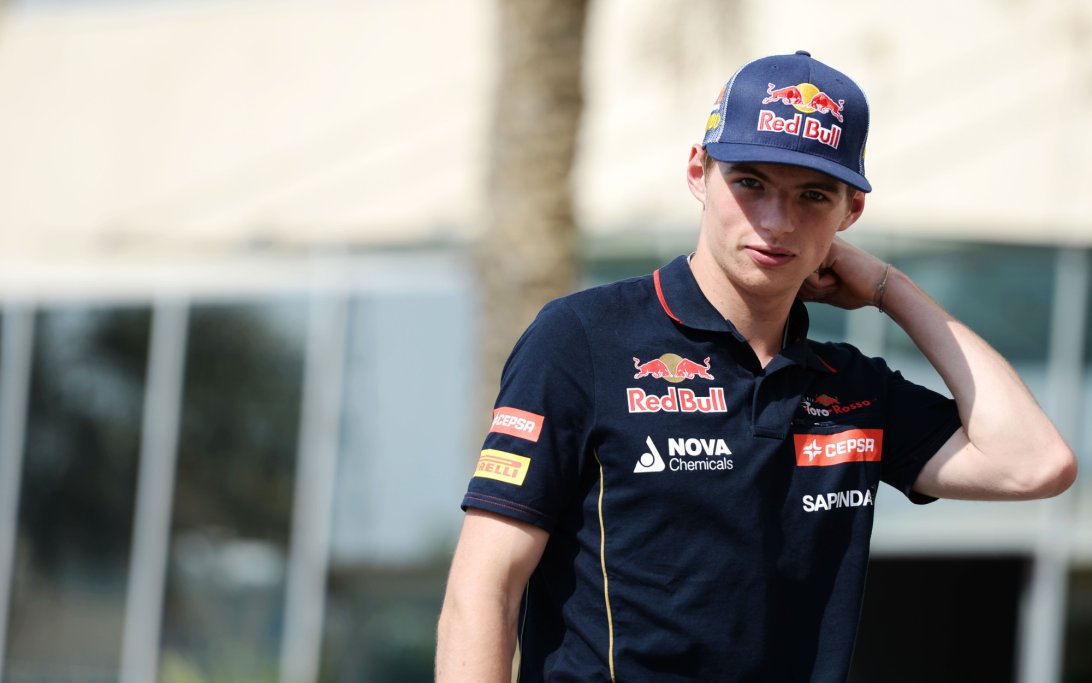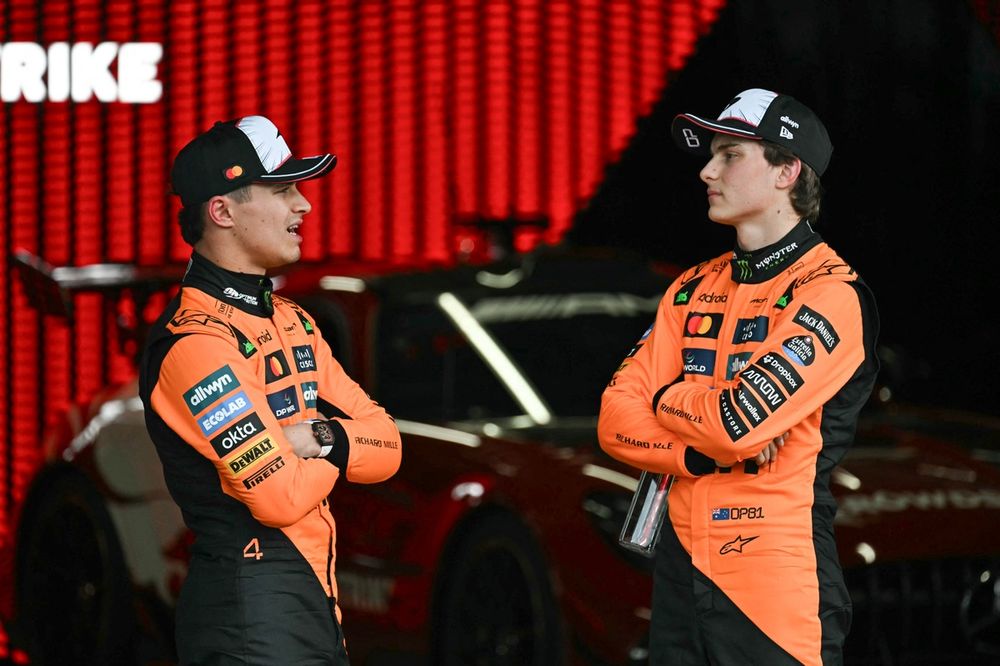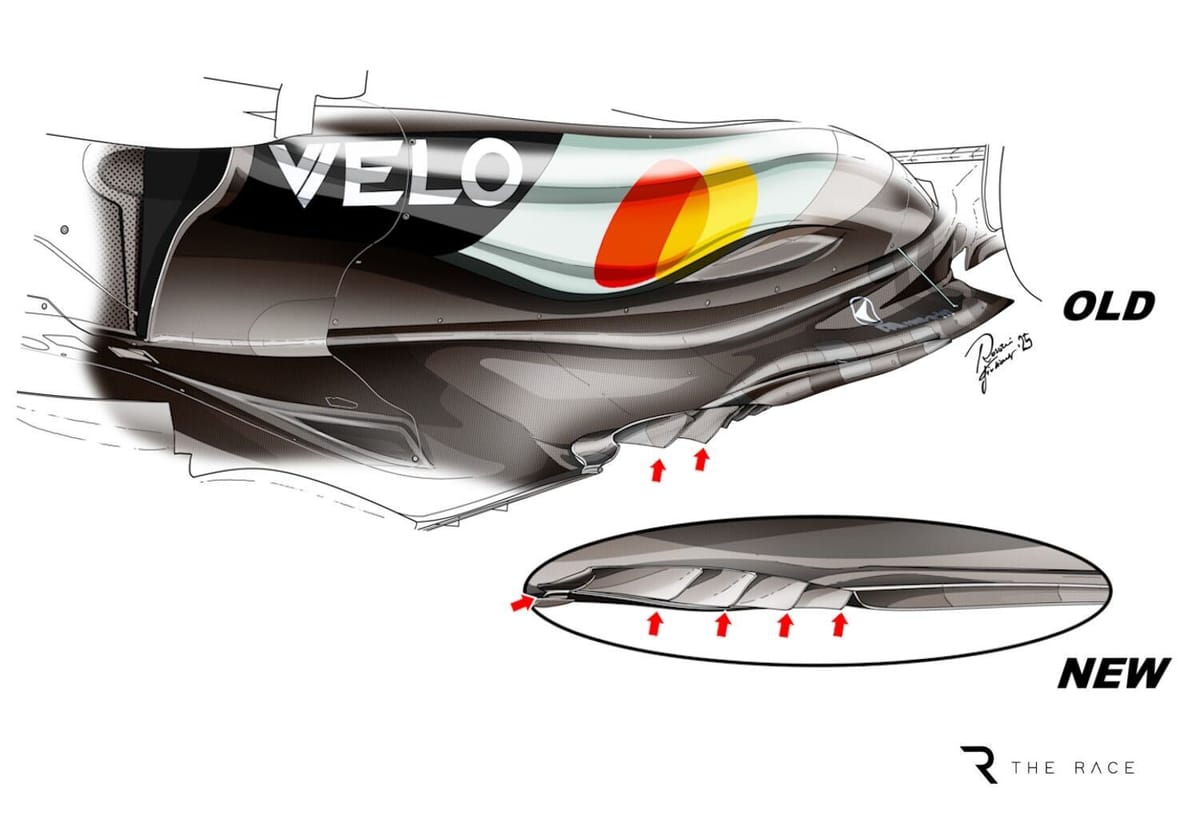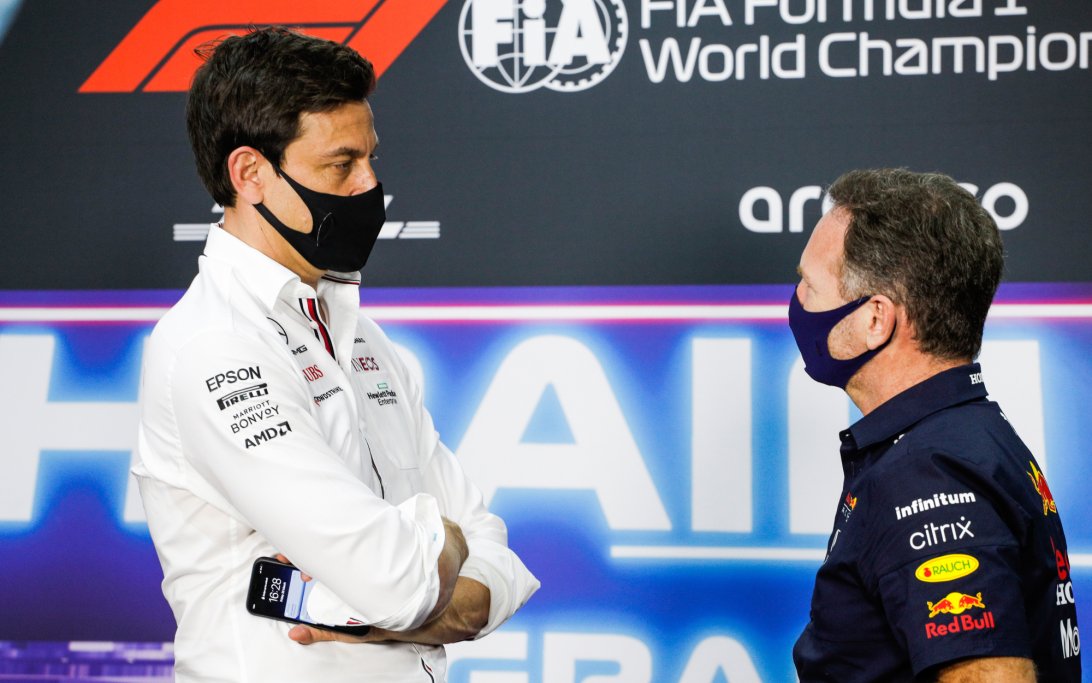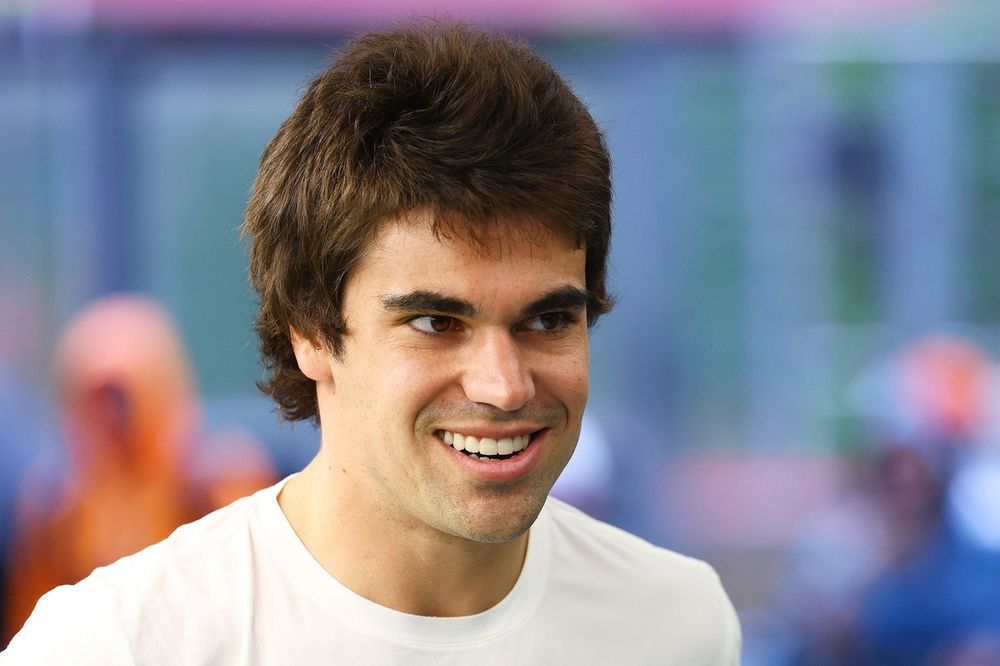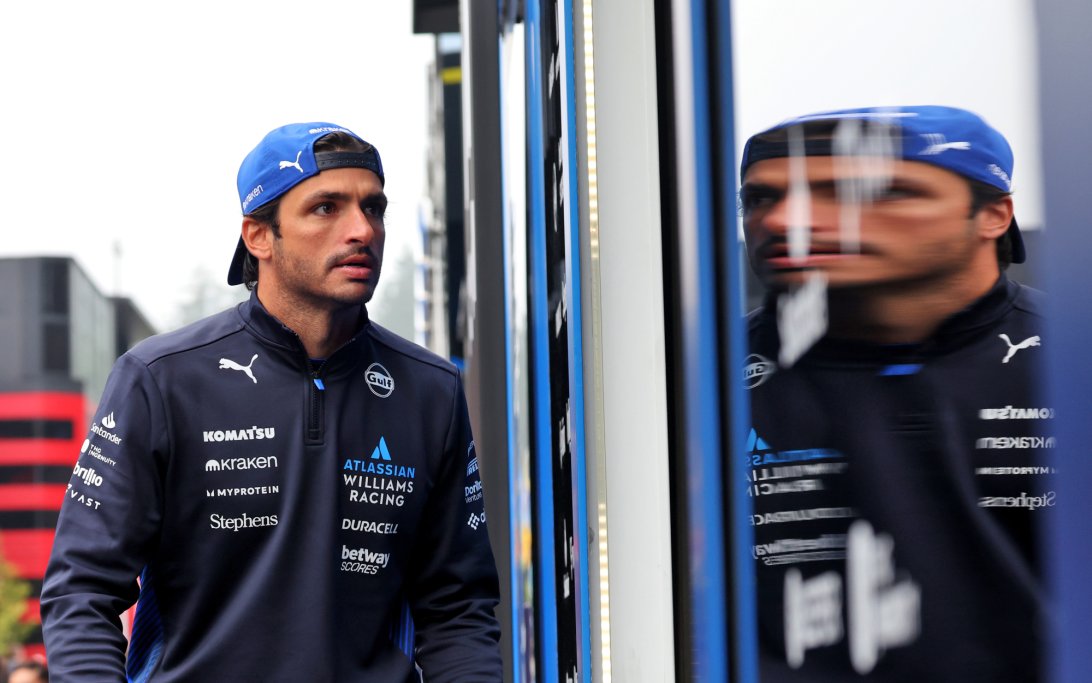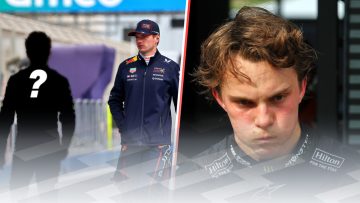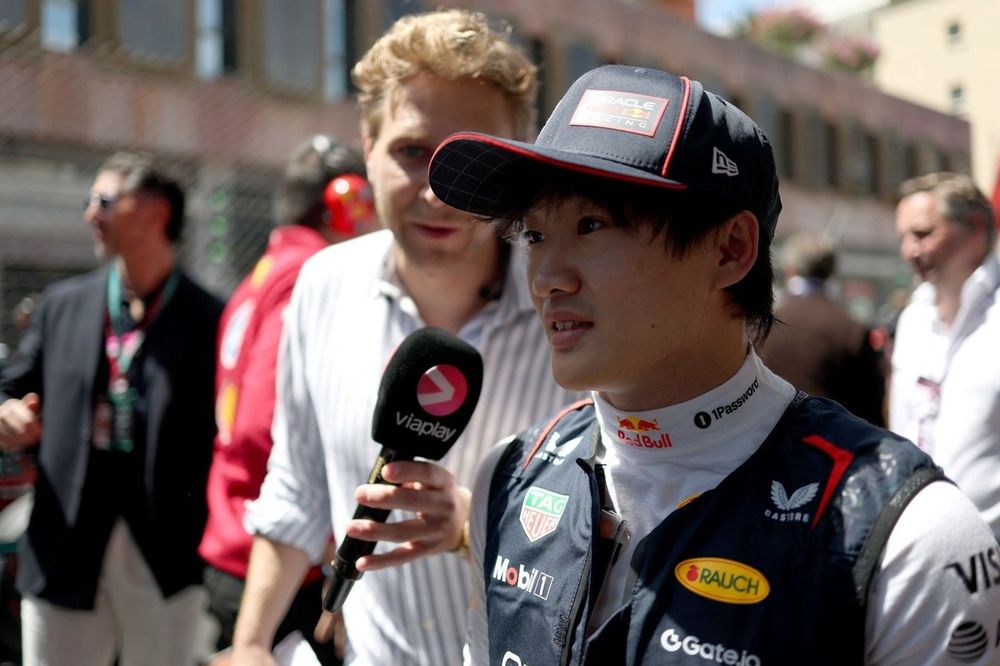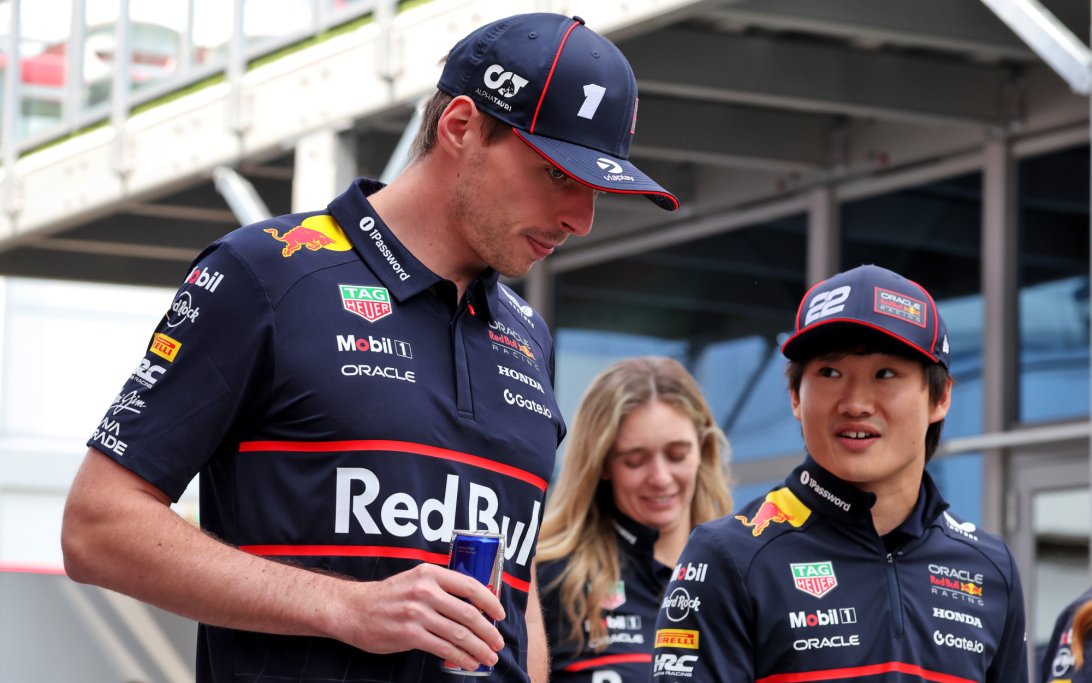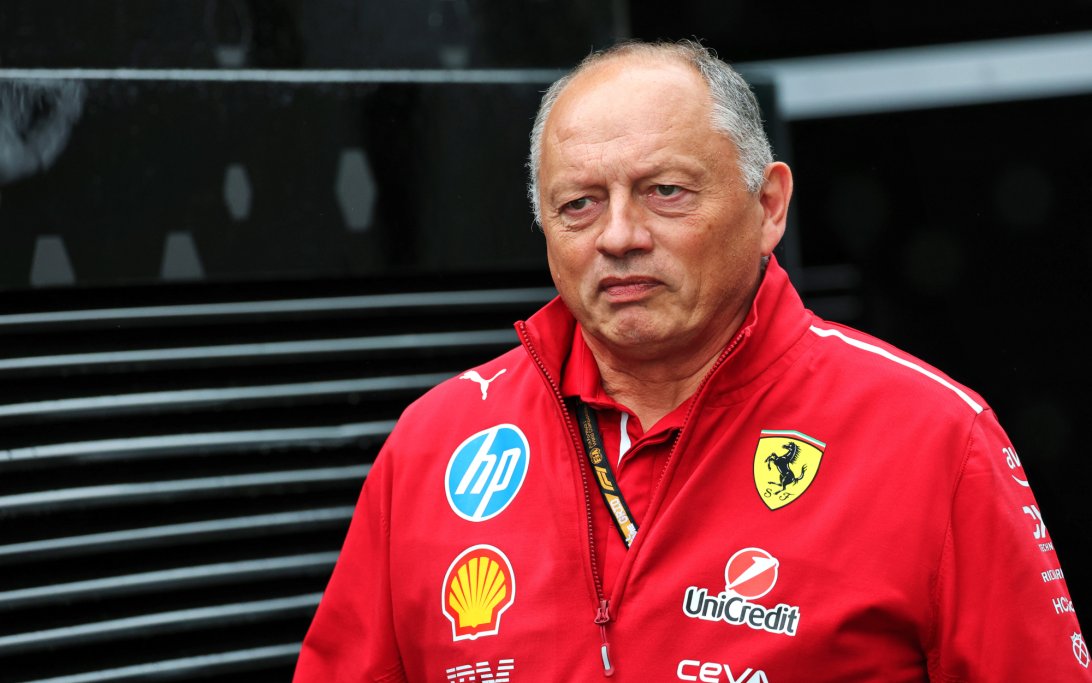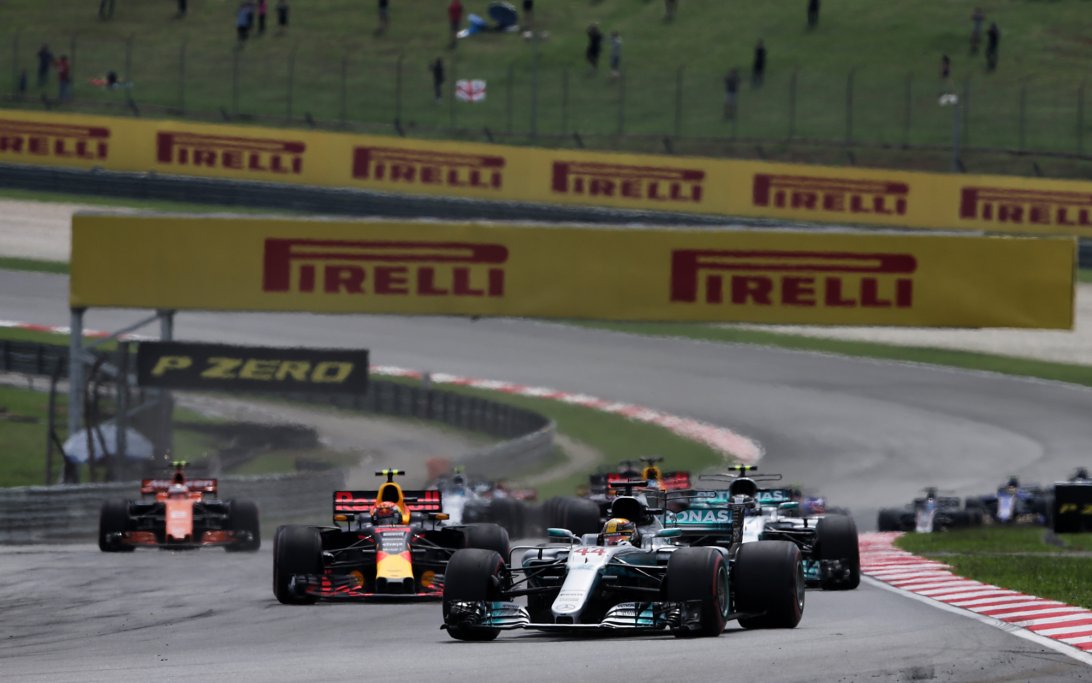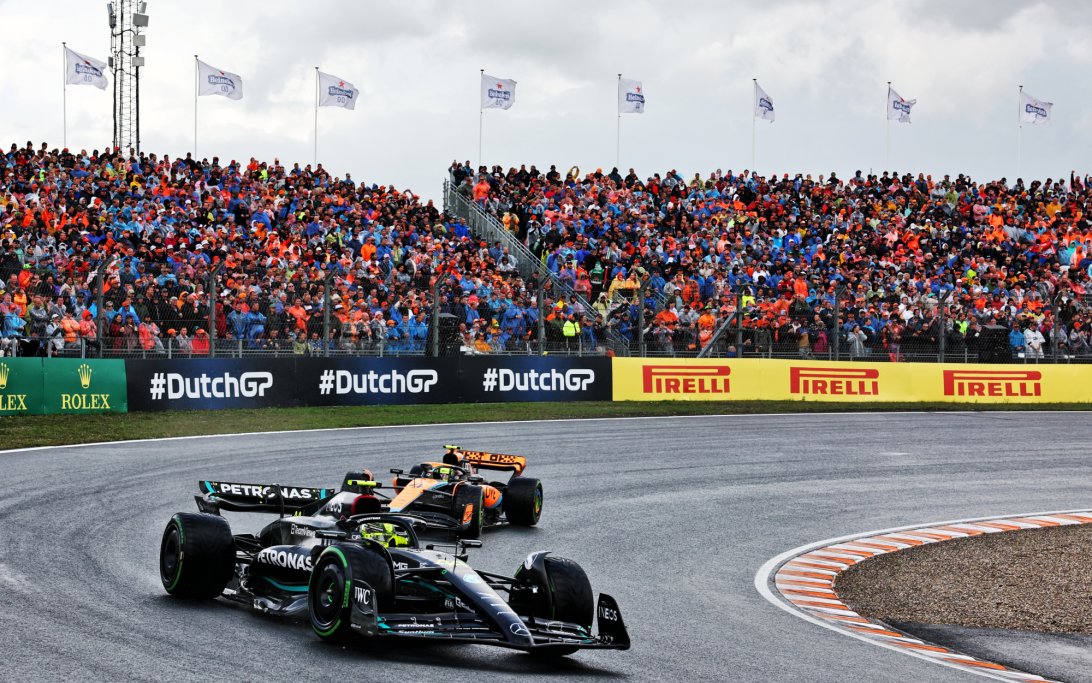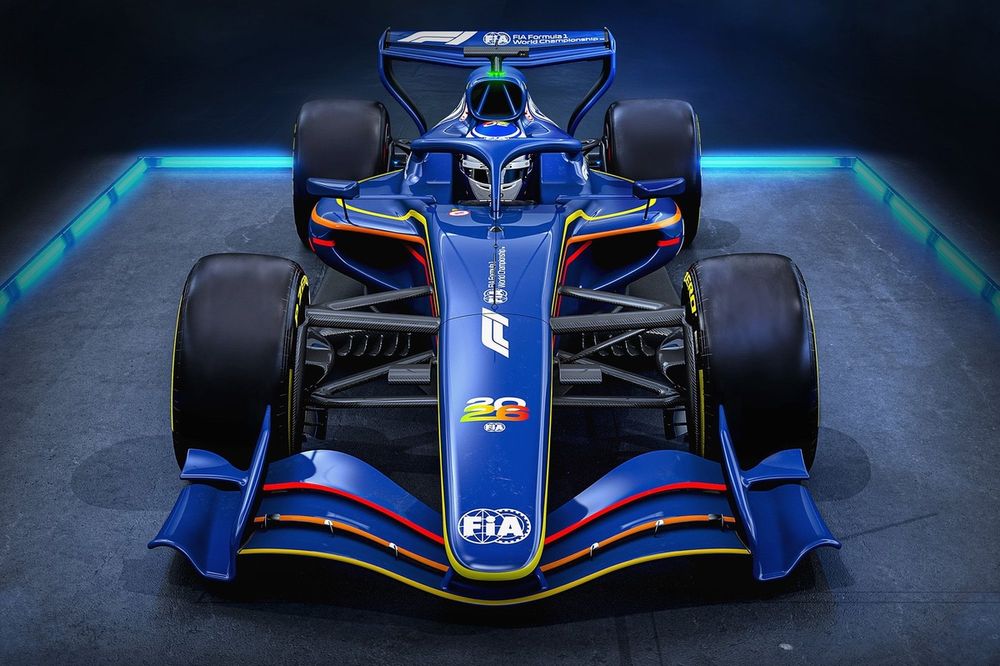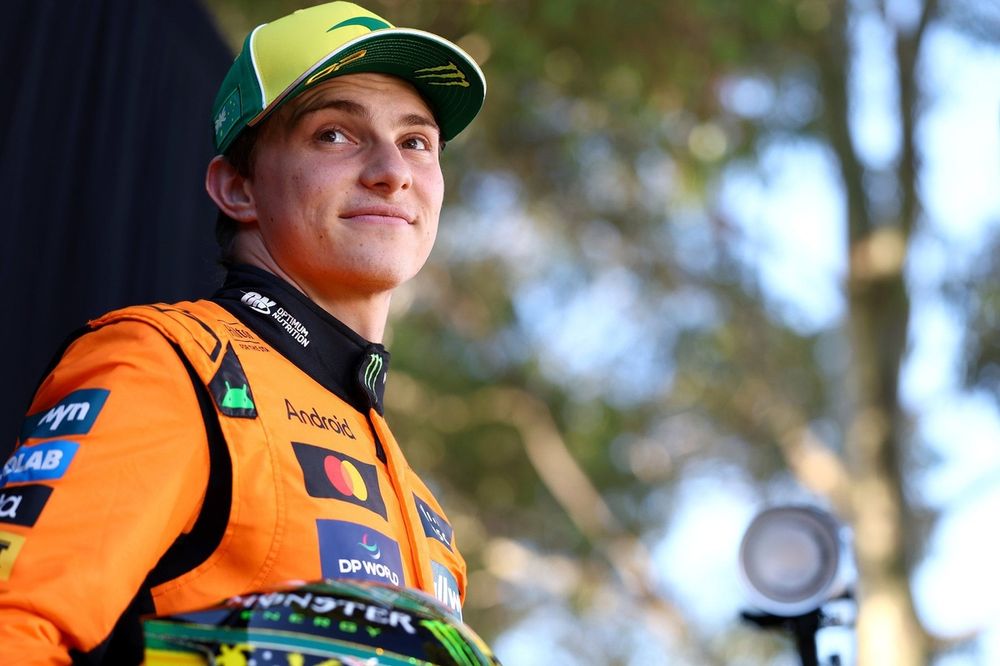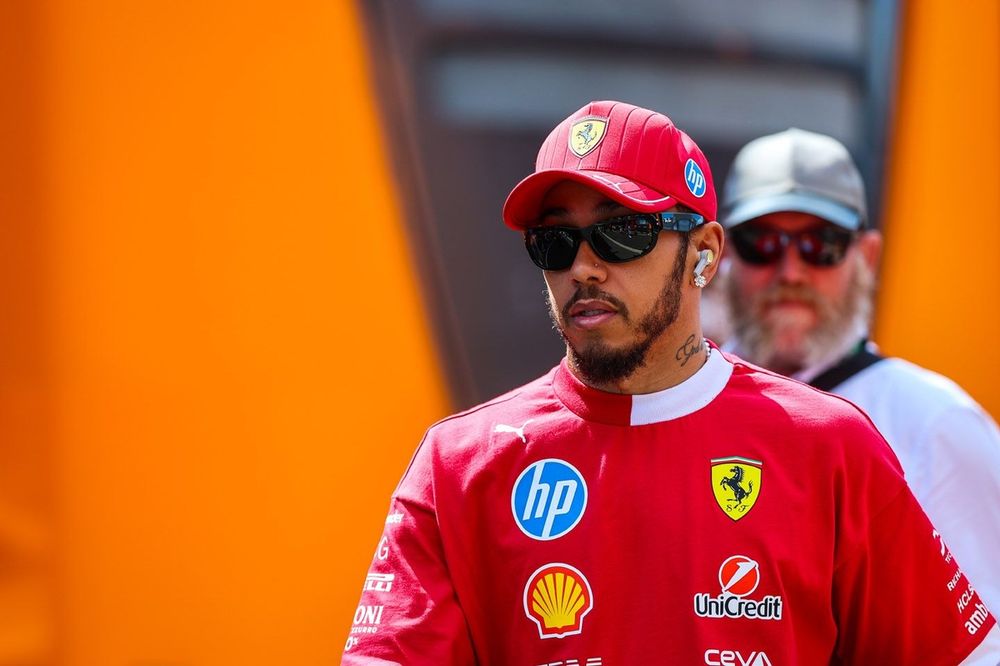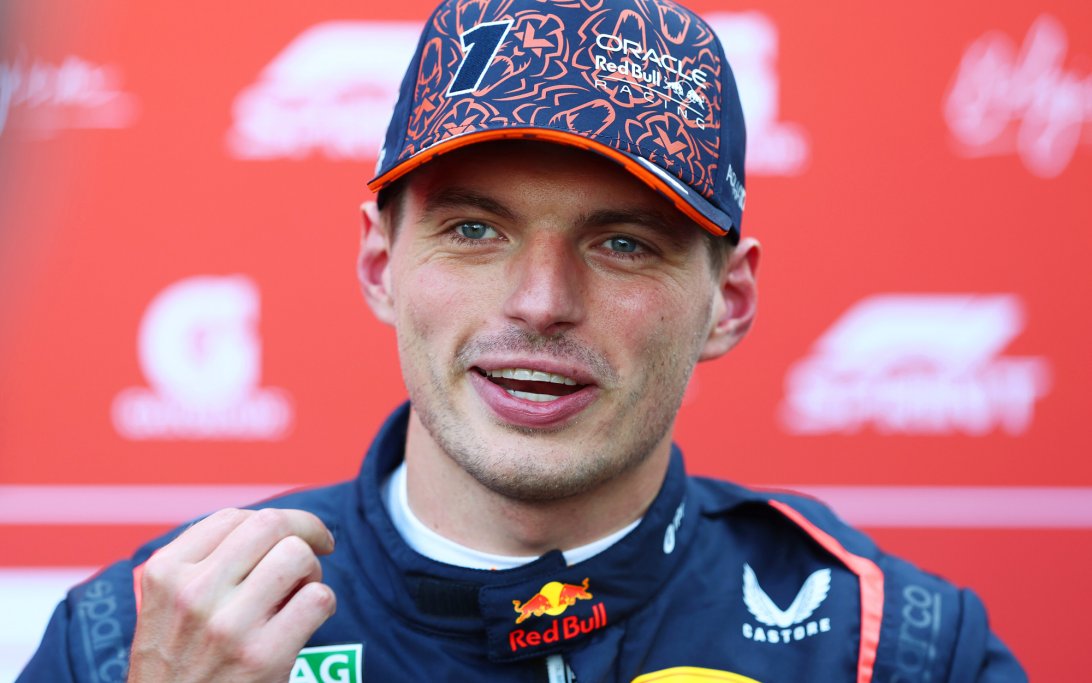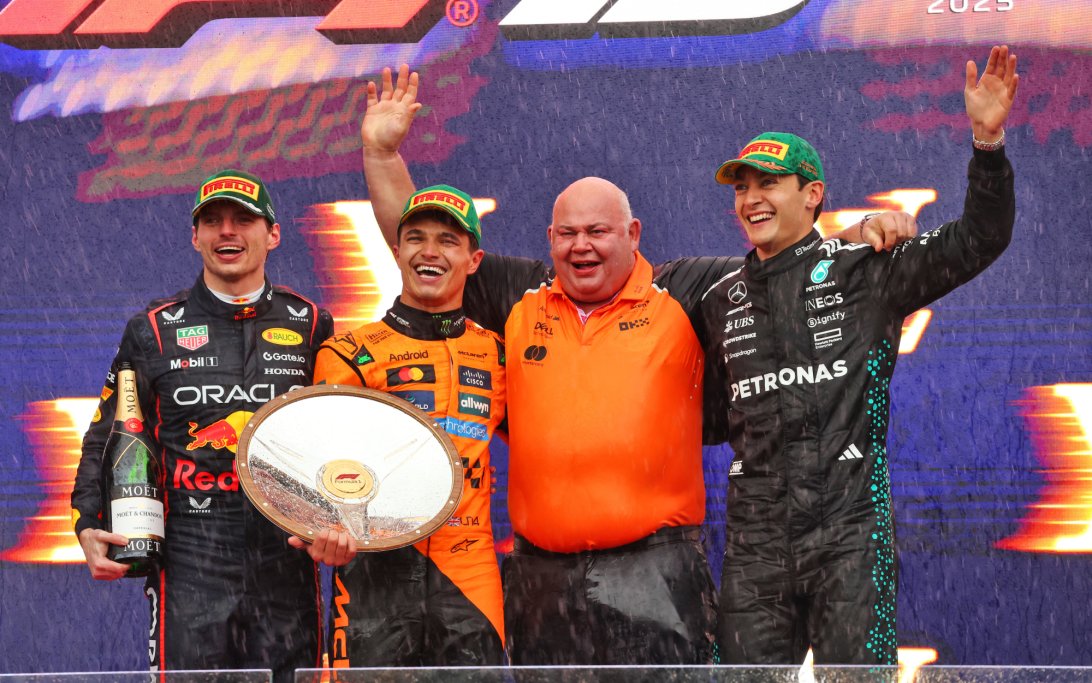The first half of the 2025 Formula 1 season has revealed a clear technical picture, shaping the title fight into an intra-team battle. With regulations stable and a major revolution coming for 2026, teams have focused on targeted, rather than radical, updates.
The Big Picture
McLaren and Ferrari were the frontrunners making the most changes compared to 2024. While McLaren has been truly dominant, Ferrari struggled to extract expected potential from its SF-25.
McLaren's Surgical Approach
The McLaren MCL39 has been the benchmark since March. Their philosophy involved introducing only safe and functional developments, avoiding risky packages. Key upgrades were seen in Canada and Austria, featuring revised bodywork around the suspension and wheel corners to enhance airflow. At Silverstone, an evolved floor further consolidated their significant advantage. McLaren pursued surgical development, continuously strengthening an already dominant car.
Red Bull Lost Its Way
Red Bull's RB21, an evolution of the RB20, struggled to regain balance. Chronic understeer made the car hard to drive. While Max Verstappen can still perform, team-mates Liam Lawson and Yuki Tsunoda never found comfort. Significant updates included a new nose and front wing early on, followed by tweaks to engine cover bodywork and floor changes. A major sidepod redesign came at Imola. Despite this, the RB21 lacks consistency, transforming Red Bull from dominator to uncertain pursuer.
Ferrari: Fragile but Growing
The Ferrari SF-25 introduced a technical shift with pullrod front suspension, complicating the interaction between the floor and track. This often forced conservative setups. Main updates focused on the floor (Bahrain, Austria) and rear suspension (before Hungary), which improved stability and driver confidence. Despite Charles Leclerc's pole in Hungary, conservative race strategies limited benefits. Ferrari has improved but not enough to significantly close on McLaren. The team is now fully focused on 2026, with no major packages planned for the second half of the season.
Mercedes: More of the Same
For Mercedes, the ground-effect era remains challenging. The W16 is more predictable but still far from rivals. A clear sign of trouble came in Hungary, where the team abandoned the new rear suspension introduced at Imola due to inconsistent benefits. This U-turn highlights issues in their development chain. The W16 has seen few major upgrades beyond minor front wing and floor tweaks. With resources diverted to the 2026 project, a turnaround this season seems unlikely.
Why it Matters
These varied upgrade philosophies define the current F1 landscape. McLaren's targeted enhancements cemented their dominance, while Red Bull and Mercedes grappled with fundamental design flaws. Ferrari made progress but has already shifted focus to 2026, indicating a strategic surrender of this season's title ambitions.

